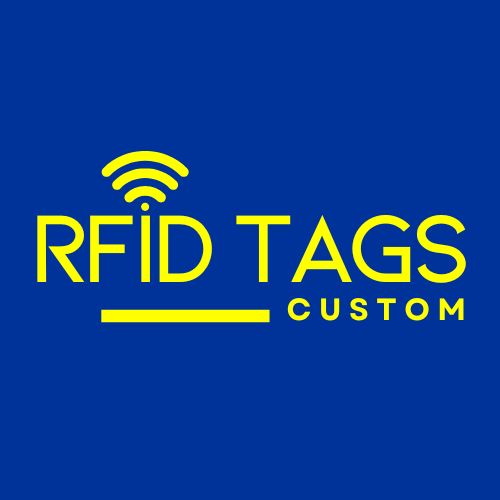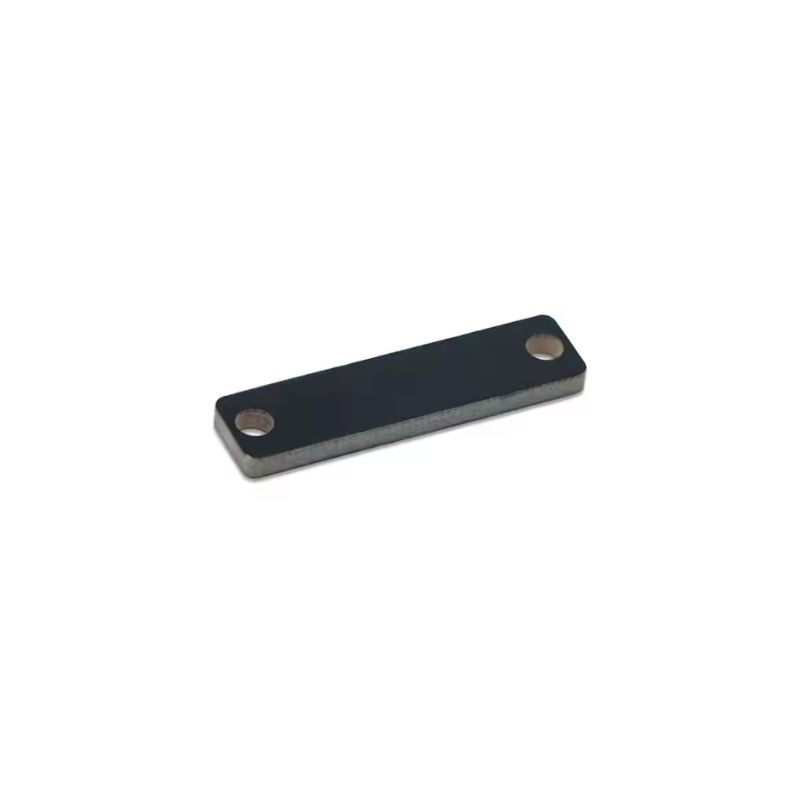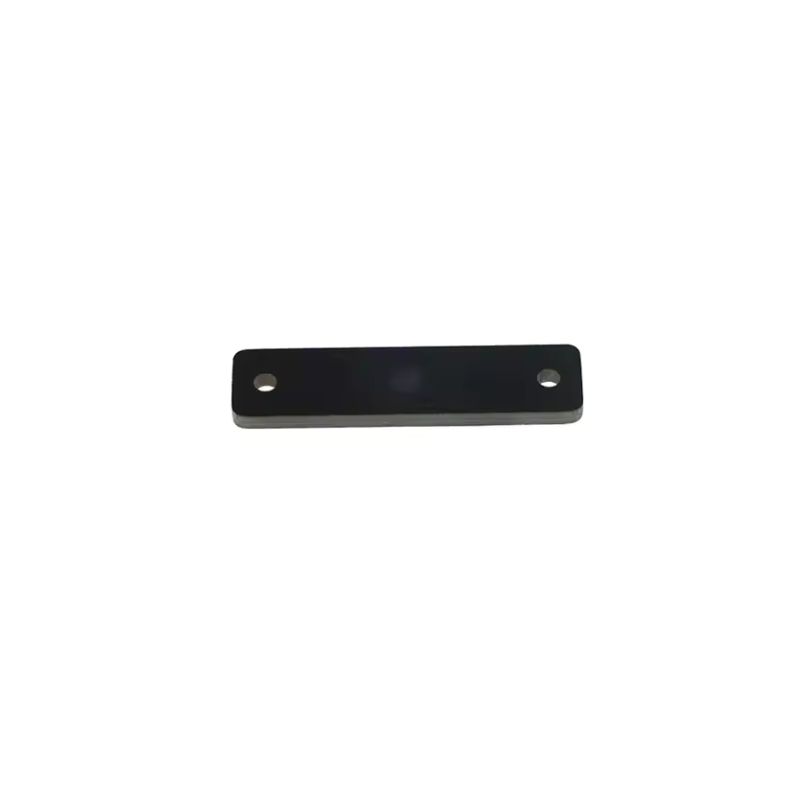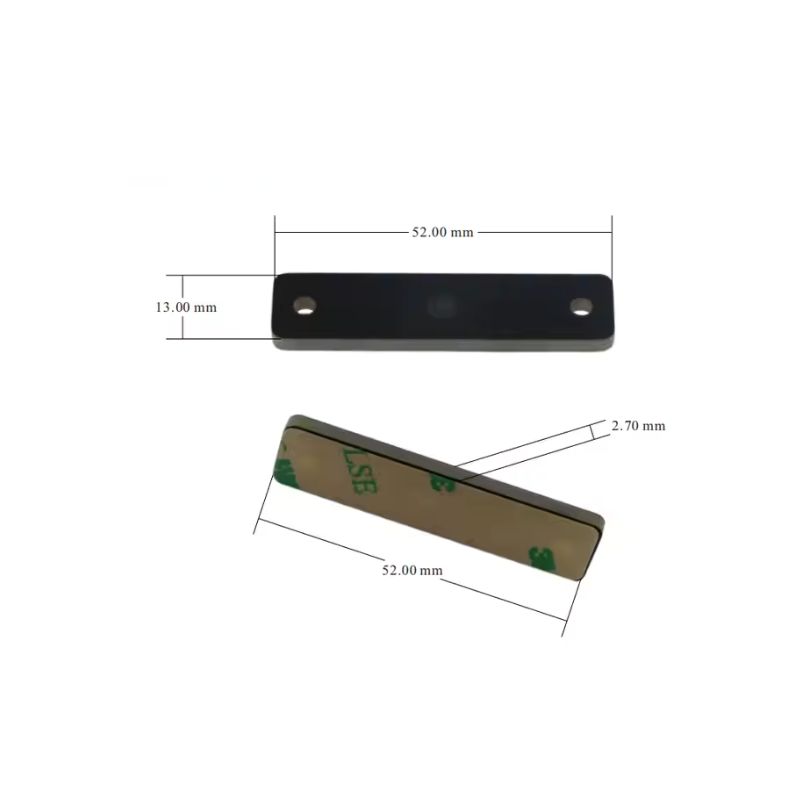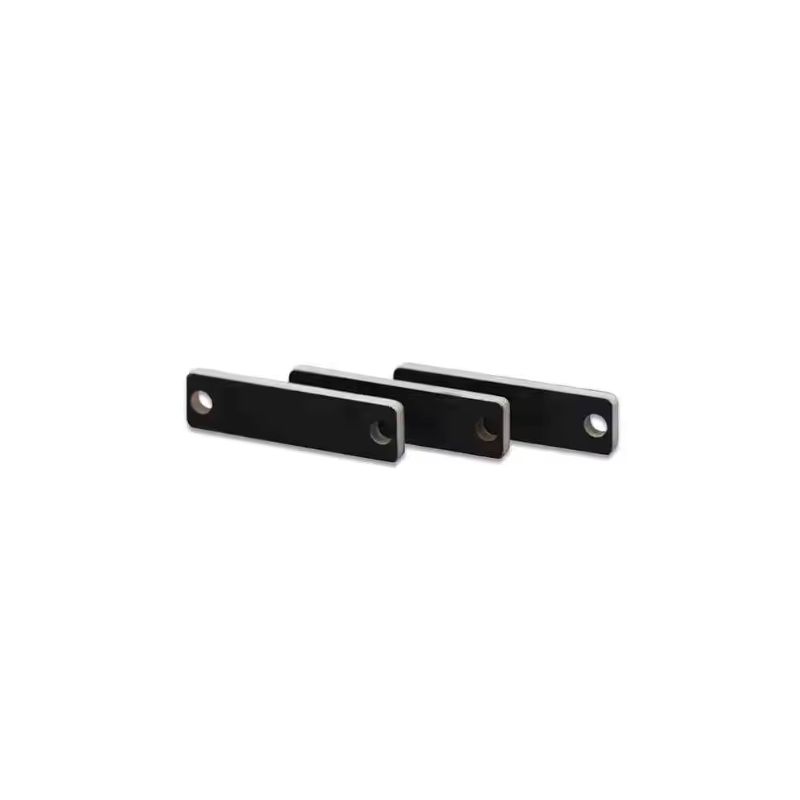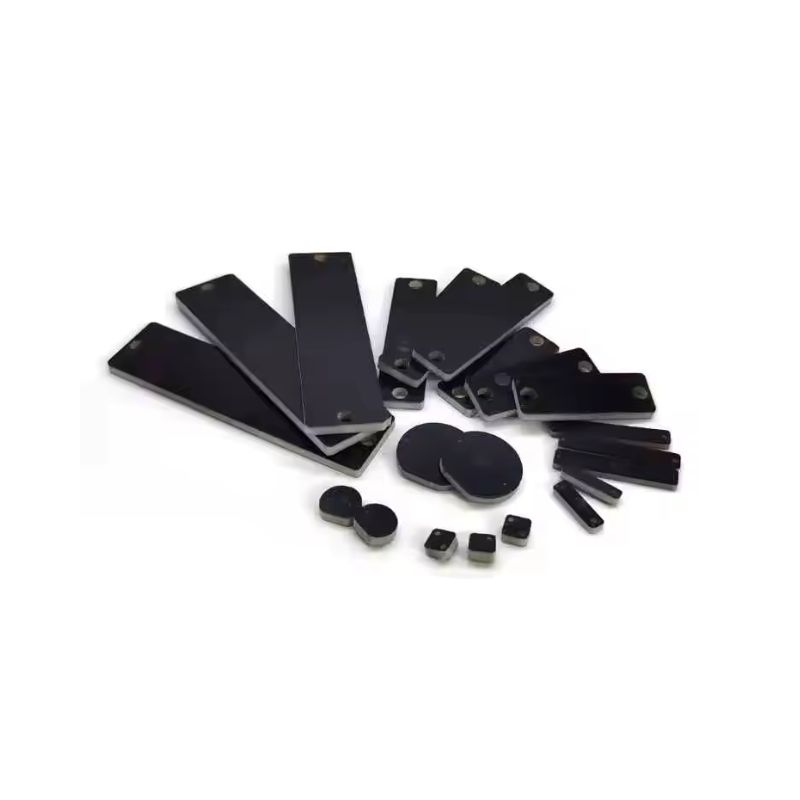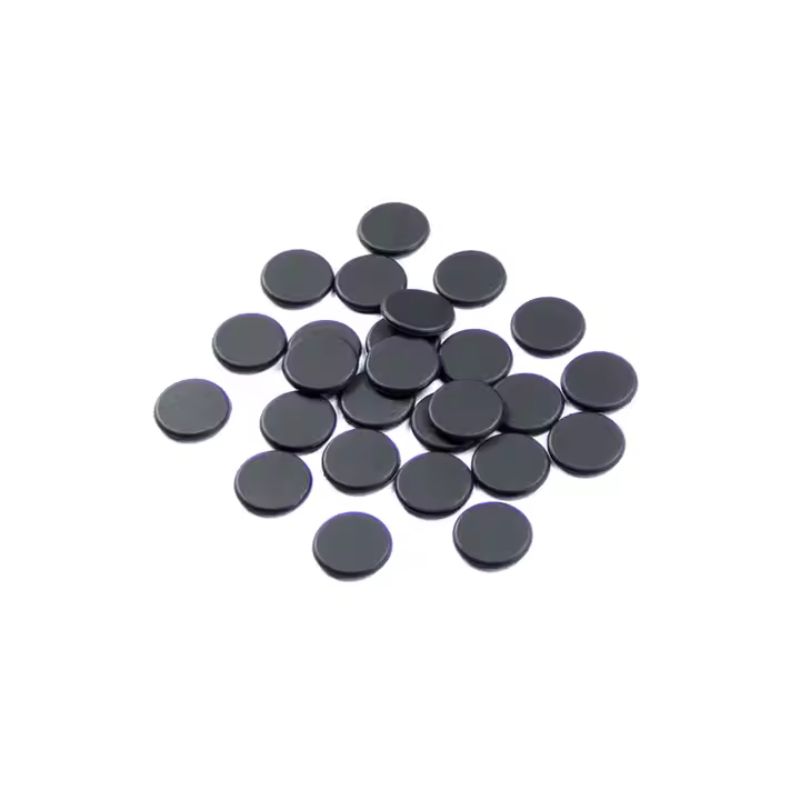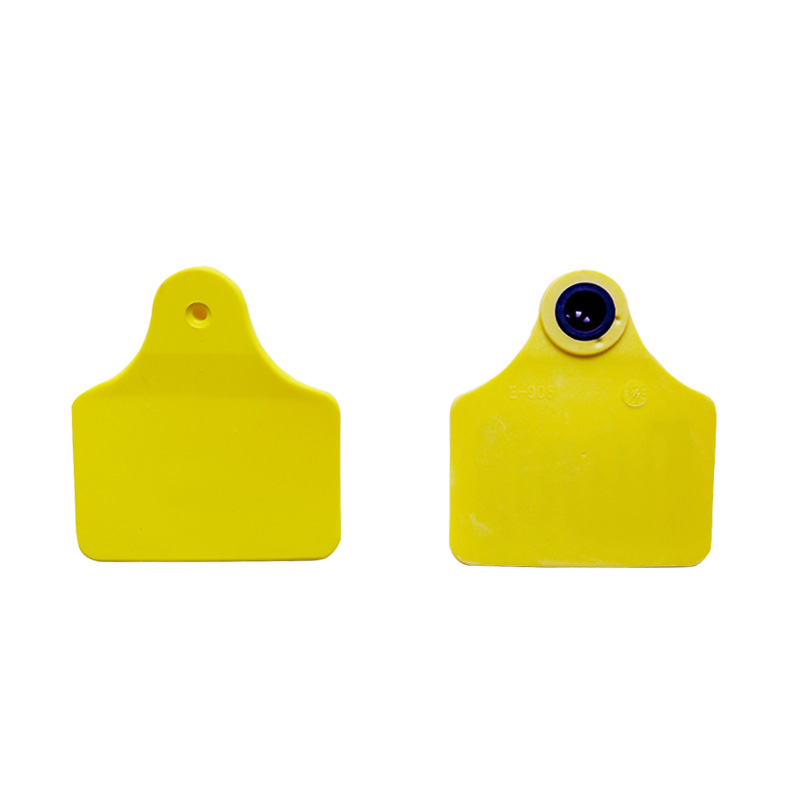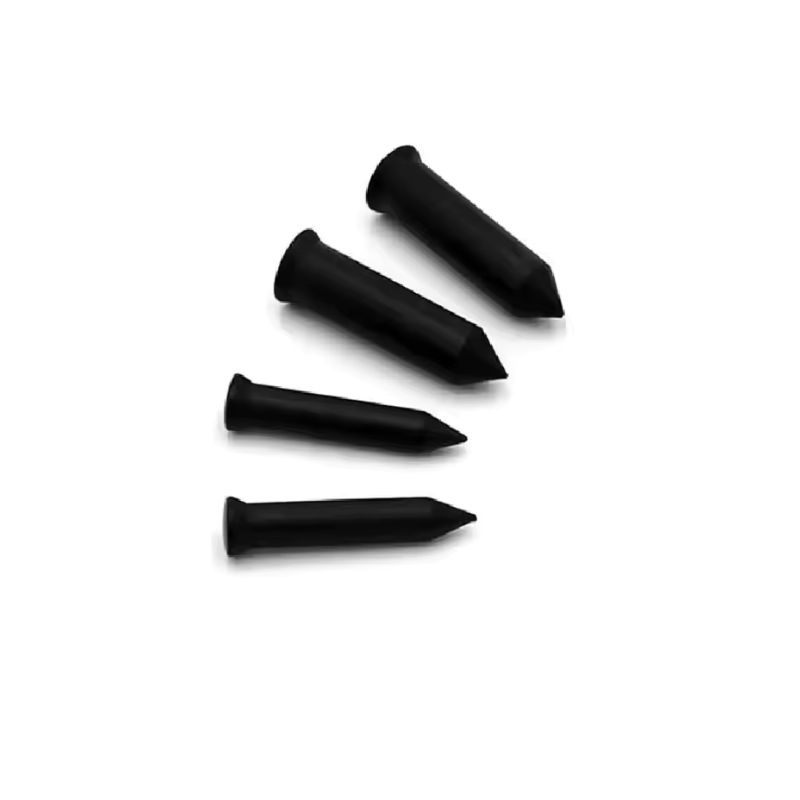
860-960mhz RFID Long Range Tag Passive Asset Tracking
Maximize Asset Visibility with Long-Range Passive RFID Tags (860–960MHz)
Our RFID Long-Range Tags operate in the 860–960 MHz UHF band to deliver extended read distances, passive operation, and rugged durability—ideal for warehouses, logistics, supply chains, construction, and industrial applications.
These tags are optimized for cost-effective, battery-free deployment across large spaces, giving you real-time visibility and control of valuable assets.
Ideal Use Cases
- Warehouse & Inventory Tracking
- Construction Equipment & Tools
- Retail Distribution & Inventory Monitoring
- Healthcare & Medical Asset Management
- Aviation Parts Tracking
- Fleet & Logistics Asset Control
Why Choose Our RFID Long Range Tags?
Barcodes and manual systems don’t scale. Our passive UHF tags are designed for industrial-grade performance:
- Read Range Up to 10 Meters
- Battery-Free Passive Technology for minimal maintenance
- Global Compatibility – Compliant with EPC Gen2 & ISO 18000-6C
- Industrial Durability – Resistant to dust, water, vibration, and temperature extremes
- Easy to Mount – Options for adhesive, screws, or custom enclosures
- Scalable for Enterprise Use – Supports thousands of tagged assets across facilities
Technical Specifications: RFID Long Range Tag
| Feature | Specification |
| RFID Protocol | EPC Class 1 Gen 2 / ISO 18000-6C |
| Frequency Range | 860–960 MHz (Global UHF Band) |
| Chip Type | Impinj Monza R6, NXP UCODE 8, or custom |
| Read Range | Up to 10 meters (environment/reader dependent) |
| EPC Memory | 96-bit, 128-bit, 512-bit |
| User Memory | Up to 2048 bits |
| Operating Temperature | -40°C to +85°C |
| Material Options | ABS, PC, or custom industrial materials |
| Attachment Options | Adhesive, screw mount, or custom |
| IP Rating | IP67 / IP68 (optional based on model) |
FAQ
What is the read range of these RFID tags?
Our tags offer a typical read range of up to 10 meters, depending on the RFID reader and surrounding environment.
Can these tags be used outdoors?
Yes. With optional IP67/IP68 protection, they’re ideal for outdoor and rugged environments.
Do I need a power source for these tags?
No. These are passive RFID tags, requiring no batteries or charging.
Are these compatible with standard UHF RFID readers?
Yes. They’re compliant with EPC Gen2 and ISO 18000-6C, ensuring wide compatibility.
Can I customize the tags with encoded data or company branding?
Absolutely. We offer custom encoding, serialization, and printing options for enterprise deployments.
Ready to Track Smarter?
Contact us now to get a custom quote on our RFID Long Range Tag solutions. Our team can help you find the best fit for your tracking environment—whether it’s rugged outdoor use or high-volume warehouse deployments.
📞 Contact us now or 💬 WhatsApp Chat for a free quote or technical consultation.
📩 Get bulk pricing or request custom tag samples today.
Get Your Custom RFID Tags
As a leading custom RFID tag manufacturer, we craft solutions based on the unique needs of your operation. We offer a wide range of customization options, including material, size, frequency, encoding, and read distance, ensuring each RFID Tag is perfectly customized to your requirements. No matter what application you use RFID tags for, we can provide rugged, reliable RFID tags that meet the highest quality and durability standards. Here are the main ways we customize RFID tags to fit your needs.

Material Selection
Material is key for customizing RFID tags. Plastic works in harsh conditions, while softer materials suit delicate spaces. Different materials also affect signal performance. Pick what fits your use case to ensure your tags last and work reliably.

Customized Size
Size shapes usability. Small tags fit tight spaces or tiny items, while larger tags are easily read. In crowded areas, sleek tags prevent clashes. Align shape and dimension with your goods for visibility, convenience, and performance.

Frequency Requirements
Choose LF, HF, or UHF based on read range, speed, and interference. LF and HF resist metals and liquids but have shorter ranges. UHF offers an extended range yet may face signal blocks. Match frequency to your environment for reliable performance.

Reading Distance
Define the distance at which you have to read the tag. Short distances work for retail checkouts, while warehouses may need meters of coverage. Antenna design, reader settings, and power outputs affect range.Adjust these factors to capture data accurately at the distance you need.

Encode
Plan how data is stored on each tag. Some only hold an ID, while others contain detailed info. Decide if you need a simple EPC or added user memory. Ensure your chosen format works with existing software. Proper encoding streamlines processes and slashes errors.

Application Environment
Consider real-world conditions. Temperature swings, humidity, and chemicals can degrade tags. For outdoor use, opt for UV-resistant casings. In healthcare or food settings, ensure compliance with safety rules. Matching your tags to the environment maximizes their lifespan.
Related Products
Customize any RFID tags from our factory to meet your requirements.
